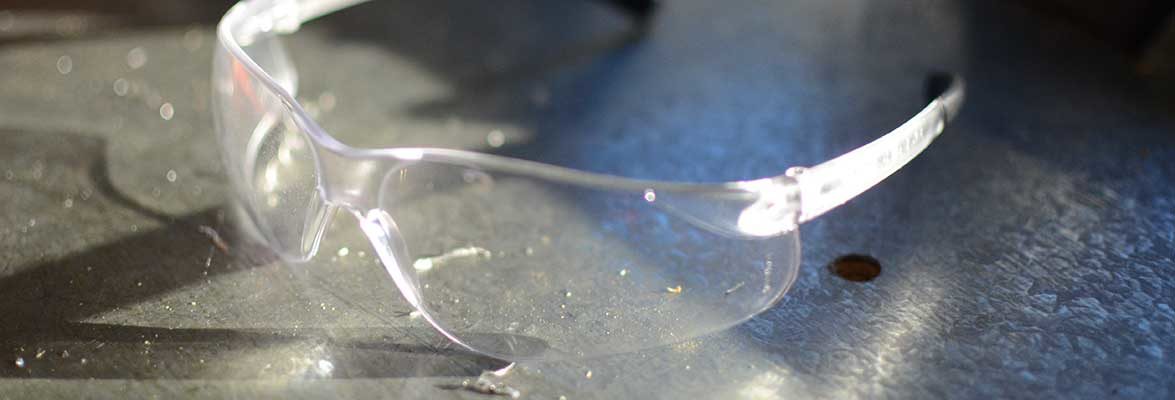Students in SAIT’s mechanical engineering technologies (MET) program are hard at work competing in a sumo bot competition for their computer integrated manufacturing class.
“That’s the stuff I really like about MET because you’re actually applying it to something, rather than just having lecture after lecture and not getting to experience what you’re actually doing,” explained Joel Ajen.
Ajen, 24, is a student from Germany who is in his second year of the automation branch of the MET program.
The one thing Ajen specifically enjoys about this program is that it combines mathematics and calculations with building and an end-product. It doesn’t just end at theory.
“I’m more of a hands-on person, and I feel like automation fulfills that for me.”
The project helps learning practical uses for coding, circuitry, soldering, and other skills.
MET automation students received the project in EMSI 320 (computer integrated manufacturing). The competition involves students in teams of, usually, two, who then assemble a robot from the given kit of parts, set up their electronics boards, program the robots, and compete in four rounds of competition, one round each week.
The kit students receive includes a small sheet of aluminum, a gear box to assemble, wheels, circuit boards, resistors, sensors, capacitors, a switch, wires, an LED, bolts, double-sided tape, and batteries with a case.
In the competition, students place the robots in the ring and switch them on. After five seconds, the robots start following their given programs with the goal of pushing the other robots out of the ring.
Each of the four rounds have specific rules and regulations for the robots.
In the first round, which took place the week of October 7, students build robots using only kits parts and run them only on base programming.
For the second round, taking place during the week of October 14, students were allowed to add other components to their robot as long as they stayed within the 10 cm by 10 cm perimeter and weighed no more than 500 grams, and they needed to create their own programs by which the robots could run.
In the third round, robots are allowed to physically damage the other robots, and by the fourth round, there are no restrictions.
The teams get about five hours in class as a work period for assembling and coding, but they can work on their projects out of class if needed.
Ajen said that during the first round, many of the robots drove out of the circle by themselves, as they included limited sensors and only base programming.
Ajen and his partner, however, won the first round with their robot, Bob.
“Pretty good, but it was more like luck I think,” Ajen admitted.
Ajen’s classmate, Marcus De Souza, 19, is also enjoying the project.
De Souza enjoys programing, first learning this skill in an international robotics competition (FRC) in high school.
“It comes naturally to me,” De Souza explained.
For the second competition, De Souza 3-D printed a shell to protect his robot, AFRO (Automation’s Finest Robotic Organism), in the rounds, preventing robots from bumping out AFRO’s wires.
De Souza had some initial problems with his robot after putting some sensors the wrong way. However, he has addressed this issue and is ready for the next round.
For more information, follow Lydia Sobschak on twitter @LydiaSobschak.

By Lydia Sobschak
